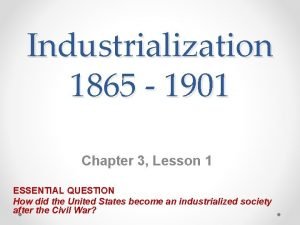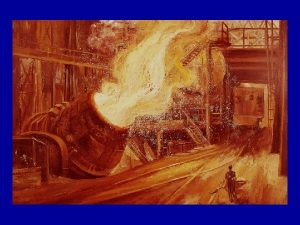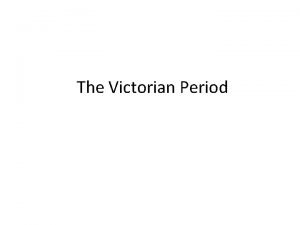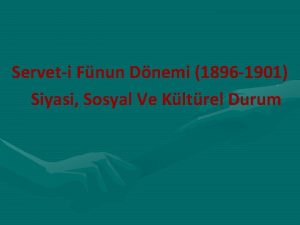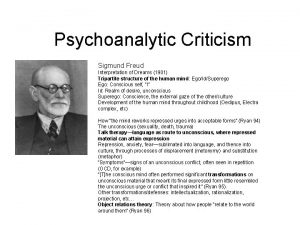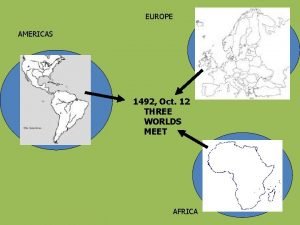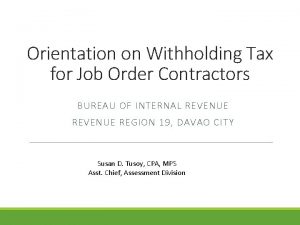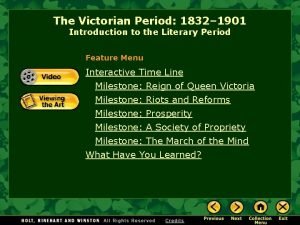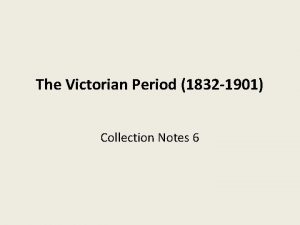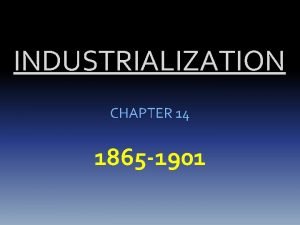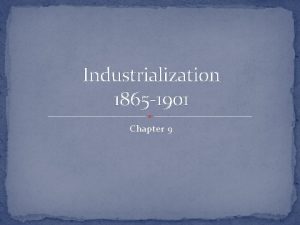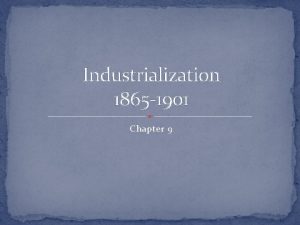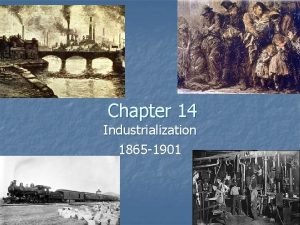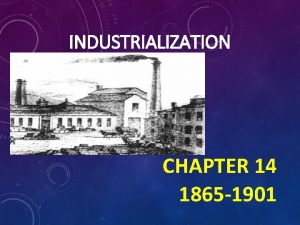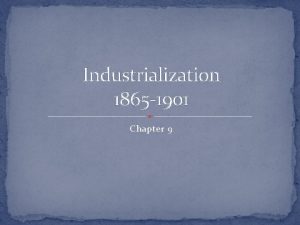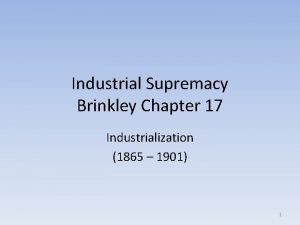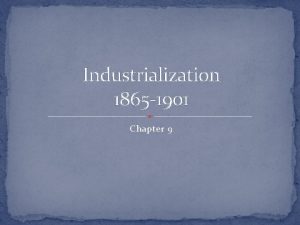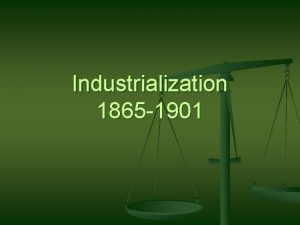Chapter 14 Industrialization 1865 1901 The U S














- Slides: 14

Chapter 14 Industrialization 1865 -1901

The U. S. Industrializes n 1860: 30 million people n n GNP: gross national product n n 1. 3 million worked in industry Value of all goods and services produced by a country Natural Resources: abundance of raw materials= industrial success Ex. Water, timber, coal, iron, copper n Petroleum: new resource n Turned into kerosene n By 1900 oil fields turned up from PA - TX n

The U. S. Industrializes n A Large Workforce 1860 -1910 population tripled n 2 causes: n Large families n Flood of immigrants n n ve o G td n e m n r w lo bt e Free Enterprise n Laissez faire: “let do” government should not interfere with the economy s w Lo e x a t US raised tariffs against foreign goods other countries did the same

New Inventions n Alexander Graham Bell 1874 suggested the telephone to his assistant Watson n 1876 he transmitted a voice n 1877 organized Bell Telephone Co. Became American Telephone and Telegraph (AT&T) n

New Inventions n Thomas Alva Edison 1877 phonograph n 1879 perfected light bulb and electric generator n Battery and motion picture n 1882 supplied electricity to NYC n 1889 Edison General Electric CO GE n

Impact n n n Thaddeus Lowe: ice machine Gustavis Swift: refrigerated RR car Northrop auto loom- clothing industry Clothing industry: standard sizes Shoe making: factories put cobblers out of business Cyrus Field: telegraph cable across Atlantic

Working in the U. S. n n Machines replaced skilled workers Conditions were dangerous and unhealthy High number of injuries Rise in the standard of living n n n Wages rose 50% between 1860 -1890 Average industrial worker made $. 22 per hour and worked 59 hours per week 1865 -1897 US Deflation n n Companies cut wages People decided to combat this by creating unions

Early Unions n Craft workers: special skills and training Machinists, iron molders, stonecutters, glass blowers, shoemakers, printers… n Higher wages and more control over shop floor n n n Common Laborers: few skills and lower pay 1830’s craft workers began to create trade unions

Industry Opposes Unions n Employers regarded as illegitimate conspiracies n n Opposed industrial unions Techniques used to prevent: Oaths n Contracts n Hired detectives to find out who was involved n n n Those workers were fired and blacklisted Lockouts: locked out workers then hired other non-union people to replace them

The Knights of Labor n Goals n n n n Eight-hour workday. Worker-owned factories. Abolition of child and prison labor. Equal pay for men and women. Safety codes in the workplace. Prohibition of contract foreign labor. Haymarket riot ruins reputation

Working Women n n 18% of labor force in 1900 “Women’s work”: n n n 1/3 domestic servants 1/3 teachers, nurses, sales clerks, secretaries 1/3 industrial workers: garment industry and food processing plants Most unions excluded women Women’s Trade Union League: 1 st dedicated to promoting women’s issues n n 8 hour day Minimum wage No evening work Abolition of child labor

Linking the Nation n 1862 President Lincoln signs Pacific Railway Act n n Transcontinental RR by Union Pacific and Central Pacific To encourage rapid construction, the gov. offered land grants along the way Chinese laborers in West Creation of time zones

Robber Barons n n Jay Gould “insider trading” Credit Mobilier Construction company set up by Union Pacific n Including a member of Congress! n Overcharged RR - used up grants, went bankrupt n Gave members of Congress shares in return for more grants n

 Industrialization (1865 to 1901 worksheet answers key)
Industrialization (1865 to 1901 worksheet answers key) Industrialization (1865 to 1901 worksheet answers key)
Industrialization (1865 to 1901 worksheet answers key) The victorian age 1832 to 1901 unit test
The victorian age 1832 to 1901 unit test 1837 to 1901
1837 to 1901 Victorian period of literature
Victorian period of literature Fnun
Fnun Freud 1901
Freud 1901 British empire 1901
British empire 1901 Poblogaeth cymru 1971
Poblogaeth cymru 1971 Form 2306
Form 2306 1901 n. moore street
1901 n. moore street Victorian age introduction
Victorian age introduction Numberblocks 1901
Numberblocks 1901 Victorian age 1832 to 1901
Victorian age 1832 to 1901 Abril 16 1902 kaganapan
Abril 16 1902 kaganapan
